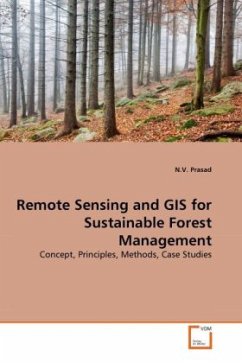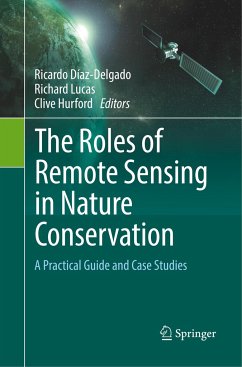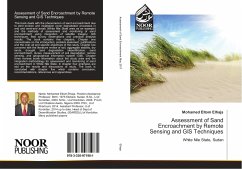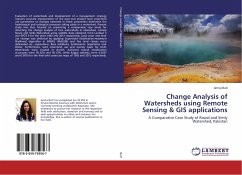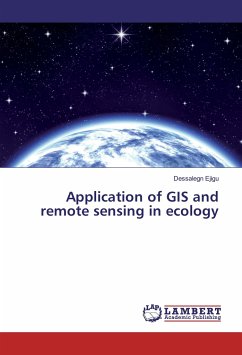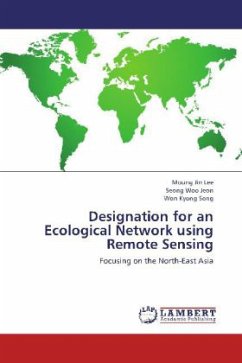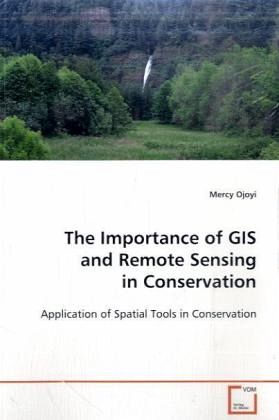
The Importance of GIS and Remote Sensing in Conservation
Application of Spatial Tools in Conservation
Versandkostenfrei!
Versandfertig in 6-10 Tagen
32,99 €
inkl. MwSt.

PAYBACK Punkte
16 °P sammeln!
Fragile ecosystems in many developing countries are undergoing a significant decrease facilitated by natural factors and a rapid increase in human population. This has impacted negatively on the normal functioning of major ecosystems including forests. This is the case for Kenyan Coastal forests. In this book, the author analyses the changes that have occurred within the study regions using a series of GIS softwares.The book reflects on a case study of Warburgia Stuhlmannii, that has been documented as vulnerable according to the IUCN status and clearly relates the relationship between the soc...
Fragile ecosystems in many developing countries are
undergoing a significant decrease facilitated by
natural factors and a rapid increase in human
population. This has impacted negatively on the
normal functioning of major ecosystems including
forests. This is the case for Kenyan Coastal
forests. In this book, the author analyses the
changes that have occurred within the study regions
using a series of GIS softwares.The book reflects on
a case study of Warburgia Stuhlmannii, that has been
documented as vulnerable according to the IUCN
status and clearly relates the relationship between
the social studies carried out with the locals and
the spatial data results. It offers policy
recommendations on how to effectively respond to
such related challenges by engaging locals and other
stakeholders in management options.
Conservation and management recommendations have
been highlighted for the development of innovative
solutions for long-term conservation of rapidly
declining coastal biodiversity and development of a
framework for decision makers who can promote
conservation of such threatened and unprotected
habitats.
undergoing a significant decrease facilitated by
natural factors and a rapid increase in human
population. This has impacted negatively on the
normal functioning of major ecosystems including
forests. This is the case for Kenyan Coastal
forests. In this book, the author analyses the
changes that have occurred within the study regions
using a series of GIS softwares.The book reflects on
a case study of Warburgia Stuhlmannii, that has been
documented as vulnerable according to the IUCN
status and clearly relates the relationship between
the social studies carried out with the locals and
the spatial data results. It offers policy
recommendations on how to effectively respond to
such related challenges by engaging locals and other
stakeholders in management options.
Conservation and management recommendations have
been highlighted for the development of innovative
solutions for long-term conservation of rapidly
declining coastal biodiversity and development of a
framework for decision makers who can promote
conservation of such threatened and unprotected
habitats.



